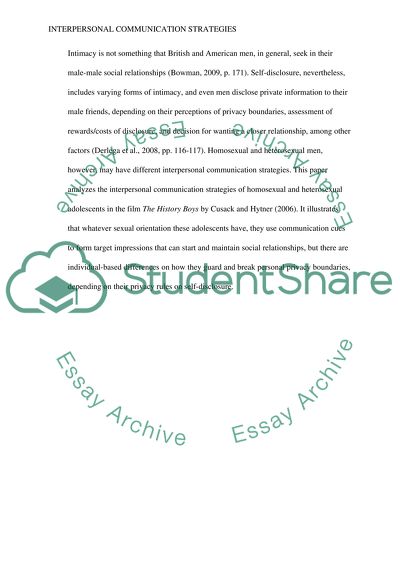Cite this document
(“Heterosexual and Homosexual Male Friendships in The History Boys Research Paper”, n.d.)
Heterosexual and Homosexual Male Friendships in The History Boys Research Paper. Retrieved from https://studentshare.org/journalism-communication/1490575-101-reserch-paper
Heterosexual and Homosexual Male Friendships in The History Boys Research Paper. Retrieved from https://studentshare.org/journalism-communication/1490575-101-reserch-paper
(Heterosexual and Homosexual Male Friendships in The History Boys Research Paper)
Heterosexual and Homosexual Male Friendships in The History Boys Research Paper. https://studentshare.org/journalism-communication/1490575-101-reserch-paper.
Heterosexual and Homosexual Male Friendships in The History Boys Research Paper. https://studentshare.org/journalism-communication/1490575-101-reserch-paper.
“Heterosexual and Homosexual Male Friendships in The History Boys Research Paper”, n.d. https://studentshare.org/journalism-communication/1490575-101-reserch-paper.


